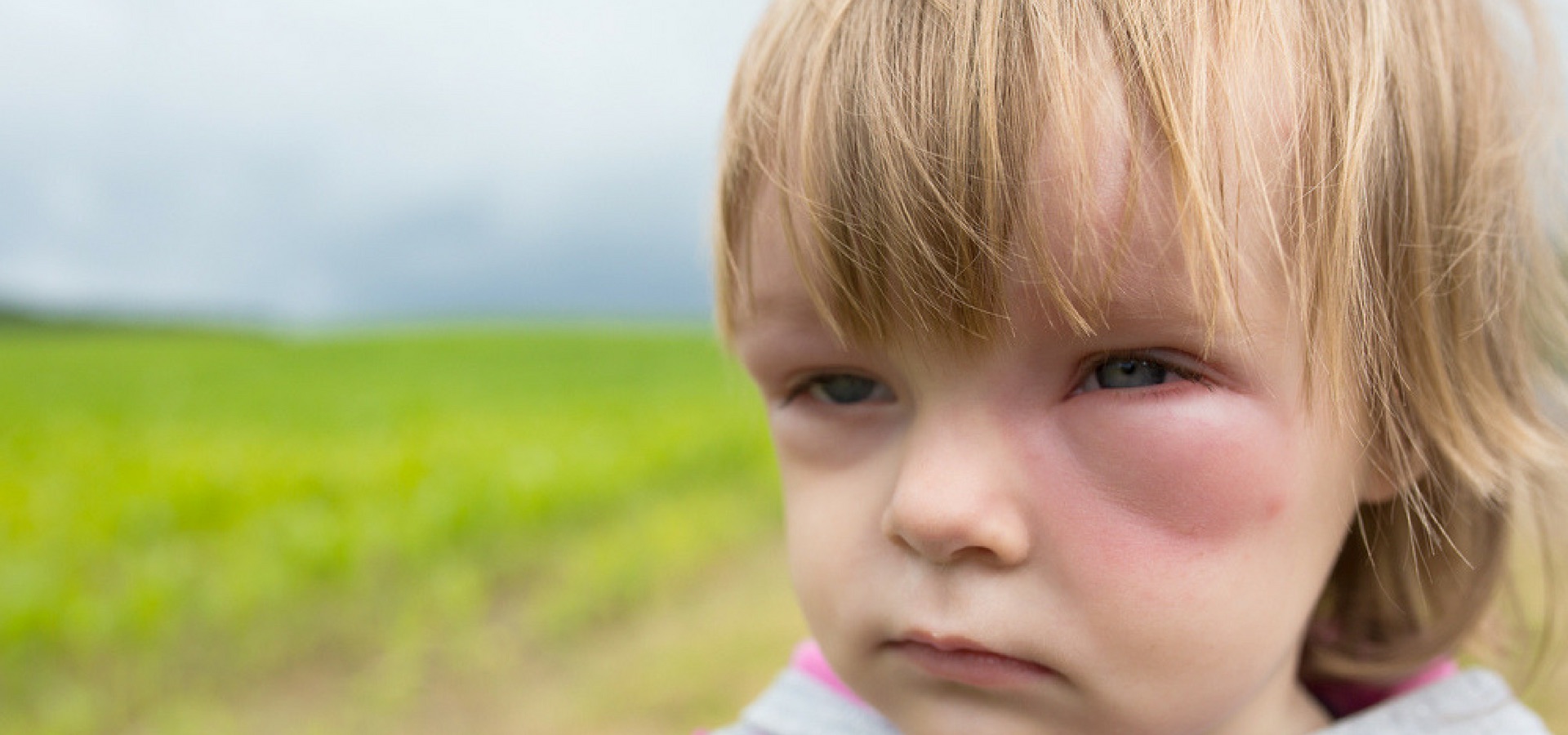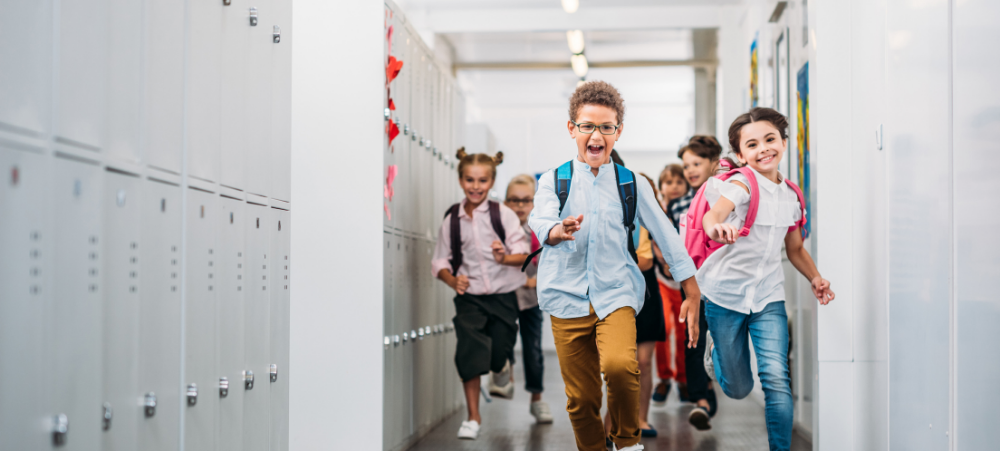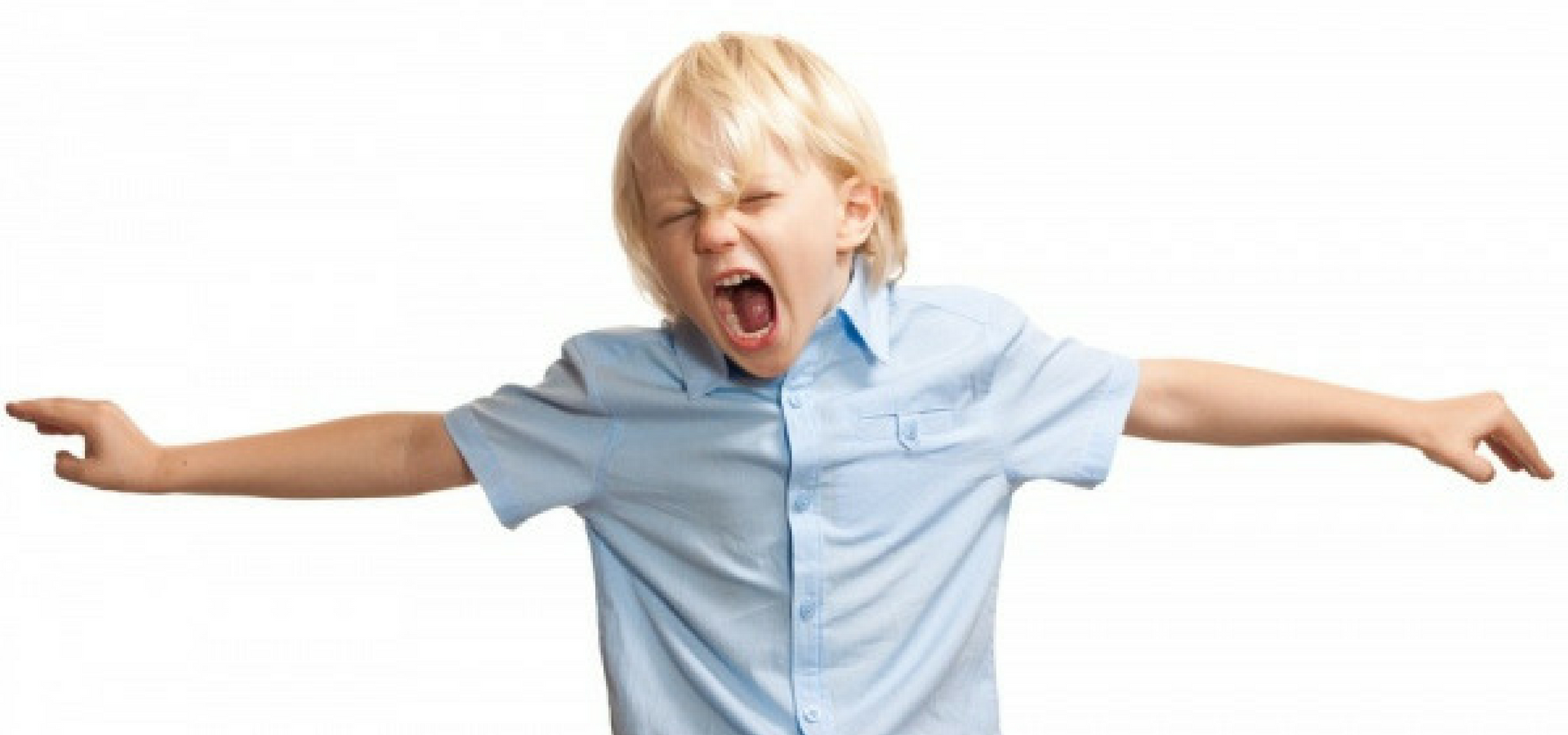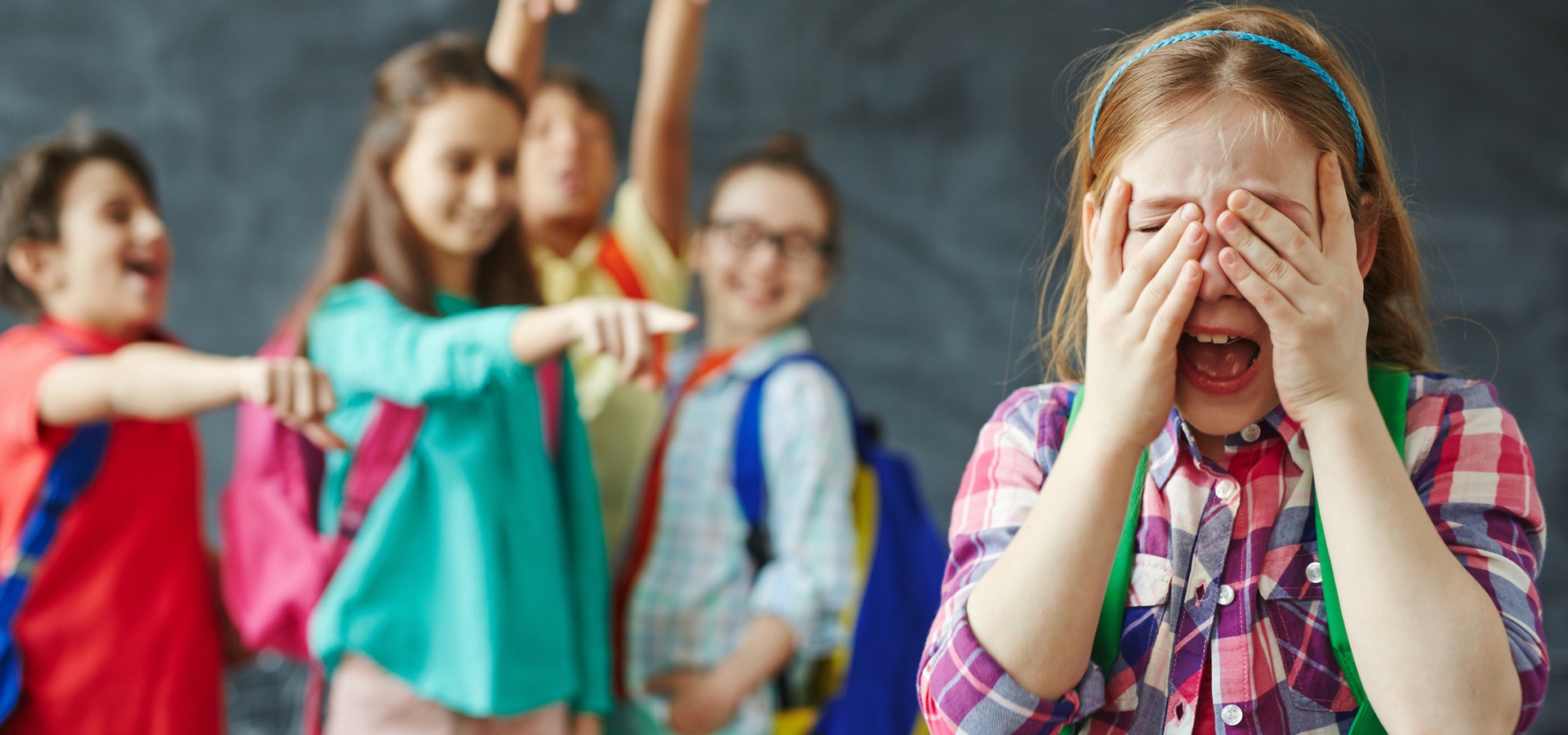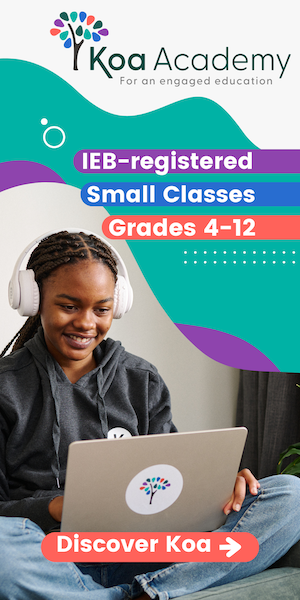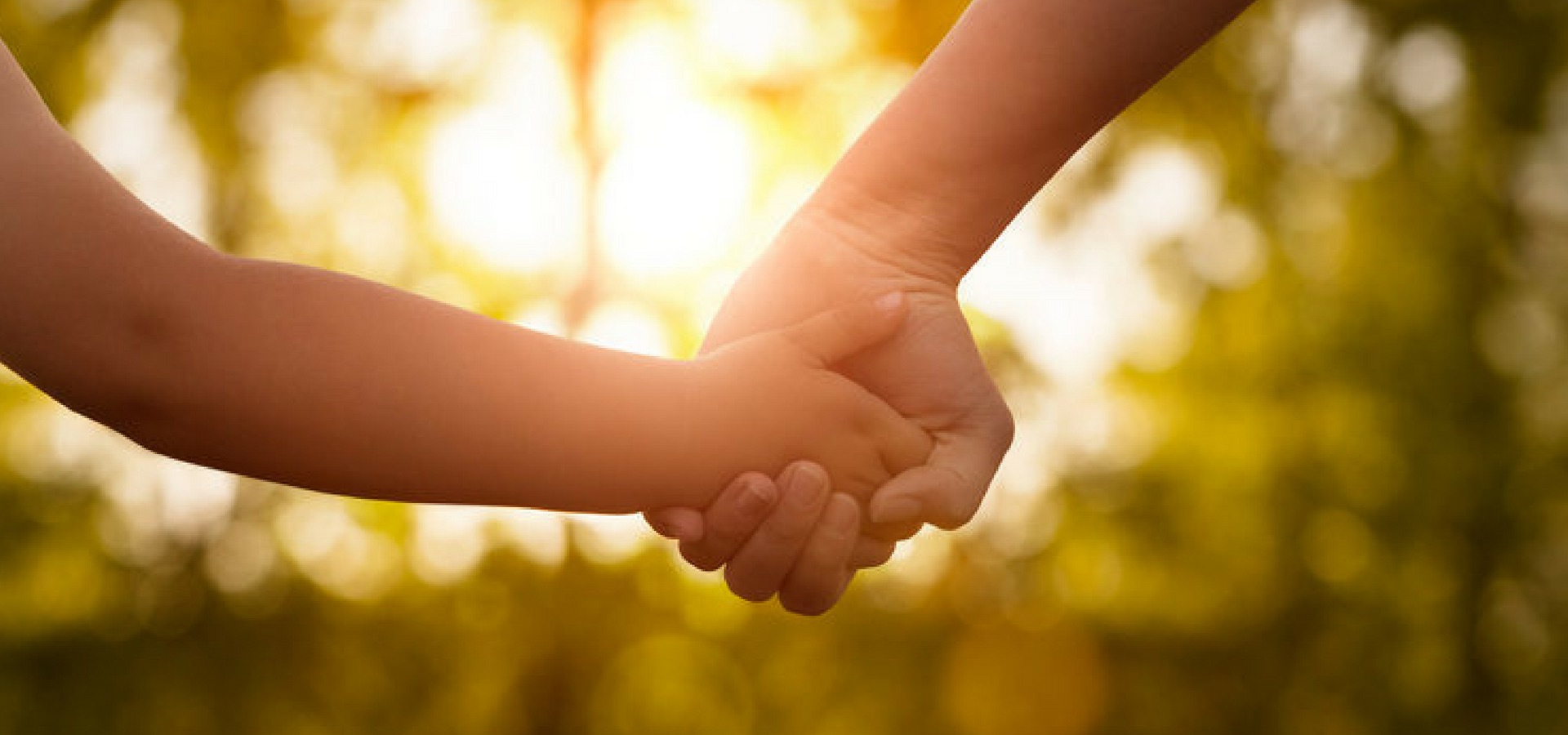
Tips for helping a shy child
If you have a shy or timid child you know that it can sometimes tug at your heart-strings and be pretty painful. You have so many hopes and dreams for your child and want to wave that magic wand and make all the discomforts and problems disappear. Unfortunately, it is not so simple. I have come to realize that understanding behaviour is half the battle. Once you understand why your child is shy you can give your child the tools to try to overcome shyness and deal better with the situations that make him or her uncomfortable. Being a shy child myself I truly understand how painful being in social situations can be. Any help and any tools you can give your child will be stepping-stones to a well-balanced childhood. A shy toddler is usually a child that was born with a more introverted and sensitive personality. This does not have to be a negative quality as long as your child is comfortable in most situations. Keep in mind that personality and temperament is not something you can or should want to change. Helping your child gain confidence in social setting is the goal. Remember, shyness does not have to be debilitating. In order to help your child I would suggest that you consider your expectations. Your child has his or her own unique strengths and abilities as well as comfort levels. Ask yourself if there is any behaviour of yours that should be changed in order to help your child. For instance, if someone comments about your child’s shyness how do you react and respond? Do you push your child in certain situations hoping that will help? Here are a few guidelines that may help you and your child: Shy children are usually a bit anxious to try not to push your shy child into a new activity. A shy child will like to take his or her time to size things up and settle in . They usually gain confidence by watching first , participating second. Eye contact is key in most situations. A shy child will usually avoid eye contact. You can help by practicing eye contact throughout the day. When talking with your child calmly and quietly say ” look at me” or “put your eyes on my eyes”. If this doesn’t work try ” I want to see your pretty eyes”. As a last resort you can always say “look at the bridge of my nose” and that will eventually lead to eye contact. The more you practice the easier eye contact will become. Enforce confidence in new situations by rehearsing conversation starters. You can rehearse simple things such as smiling , shaking hands and saying hello. Practice with puppets and dolls or a telephone …all great ways to rehearse and practice, helping your child to be more at ease is the goal. Try arranging one on one play time. A situation with one playmate will be much easier for the shy child to handle. Invite a friend over, turn off the tv to encourage conversation and playtime. Keep the playdate on the short side leaving your child happy and confident and wanting more. This is our last tip…..don’t label! Labeling your child “shy” is something that can and most likely will, stick with him or her for the rest of their life. If someone else labels your child as shy you can gently and calmly correct them by saying ” No, he just likes to watch first” . Smile at your child and show that you are proud of him or her no matter what! Written by: petiteposh










